
This logo isn't an ad or affiliate link. It's an organization that shares in our mission, and empowered the authors to share their insights in Byte form.
Rumie vets Bytes for compliance with our
Standards.
The organization is responsible for the completeness and reliability of the content.
Learn more
about how Rumie works with partners.
Has your dog been acting a bit odd? Are they not playing with others, constantly licking the floor, running when they hear shouting, or refusing to eat anything but cat food?
Maybe they're just unique...or maybe it's canine dysfunctional behavior.

What's canine dysfunctional behavior?
It's a condition where dogs may have difficulties with social interactions, restricted repetitive actions, and sensory stimuli. It may indicate stress, anxiety, or difficulties coping with their environment.
Although the cause is unknown, it's believed these dogs may have hormonal imbalances — or they may lack certain "mirror neurons", which are believed to be helpful for dogs when socializing.
If you think your dog might have canine dysfunctional behavior, look out for these three signs.
1. Antisocial Tendencies
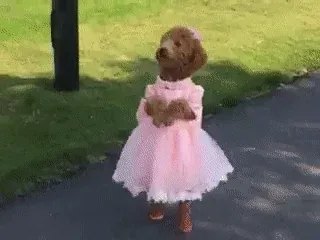
Dogs are very social animals that love to play and interact with other animals and humans. Socialization, especially as puppies, is extremely important. It helps them be less likely to be aggressive or fearful towards others as they grow up.
How do dogs typically socialize?
They use their body posture, facial expressions, tail movements, ear positions, barking, and scents. 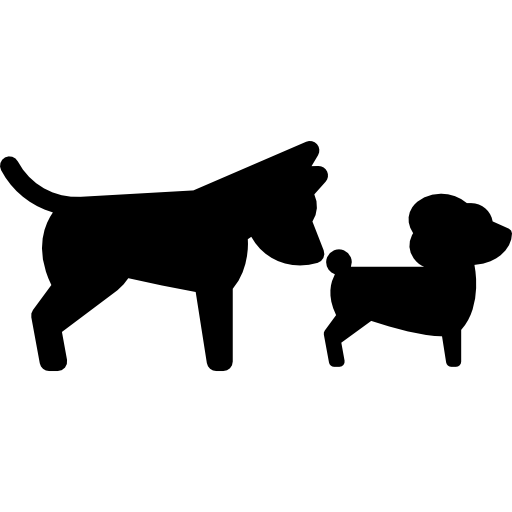
Lack of interest in dogs, humans, etc.
Avoiding eye contact
Staring off into space
Poor body language (they seem flat)
Being defensive and aggressive
Lack of awareness to you during play
Unable to read "doggy" social cues
Anxiousness & avoidance around others

2. Repetitive Behaviors
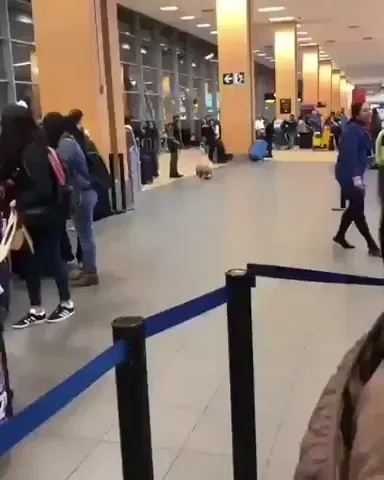
Picture this: your pet Winny the poodle, decides to chase her tail. You figure it will last a second or two...but it doesn't. It goes on and on — even at 3 AM. She'll bite so hard that she bleeds. Winny presents obsessive-compulsive behaviors.
What are obsessive-compulsive behaviors in dogs?
These behaviors happen when dogs perform normal behaviors too frequently and extremely, which interferes with their needs to play, sleep, and even eat. This is also known as repetitive behavior.
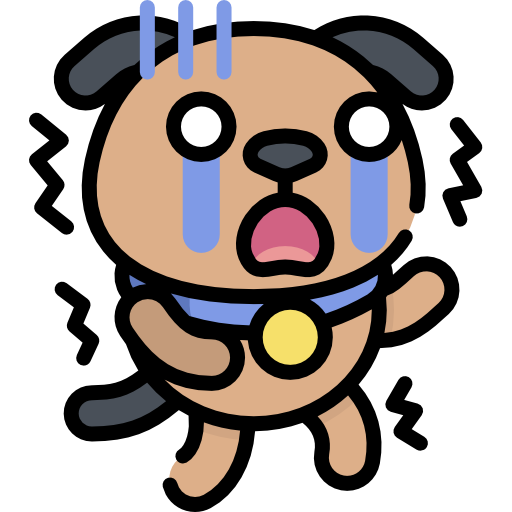
Tail-chasing
Excessive licking
Pacing
Spinning
Circling
Teeth grinding
Lining up toys/objects
Obsessive chewing
Constant barking
Excessive drinking
3. Sensitivities
Just like humans can have sensitivities, dogs can too. Some people really dislike cold showers. A dog might hate loud noises.
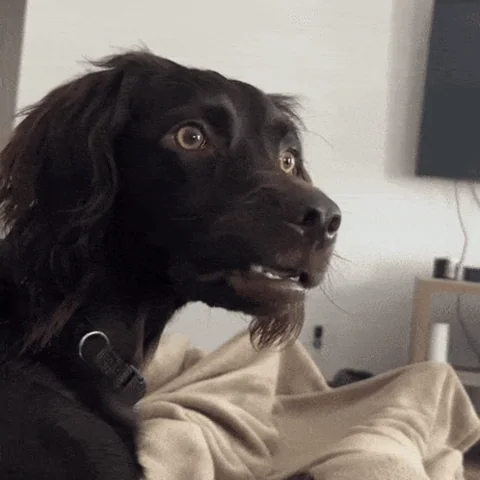
What might you see if a dog has a lot of sensitivities?
Whining at the slightest head pat
Avoiding new environments
Retreating to a "safe place"
Difficulties with balance and direction
Become overly aggressive or fearful to certain sounds or sights
Only eating foods of a specific texture
Not responding to their name
Anxiousness (painting, circling, pacing)

Talk To Your Vet!
If your dog seems antisocial, repeats behaviors, or has a lot of sensitivities, talk to your vet! A vet can offer you suggestions on what to do to help your dog live its best life.
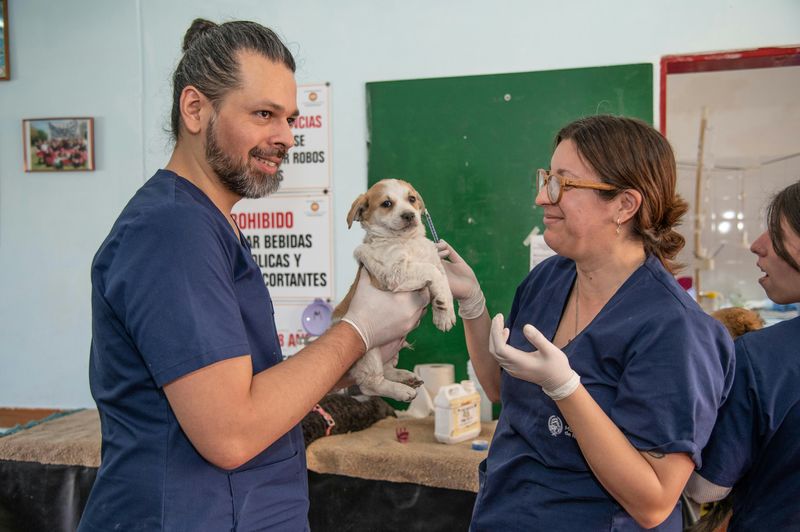 Photo by Jonatan Bustos on Unsplash
Photo by Jonatan Bustos on UnsplashRemember: diagnosis or not, canine anti-social behavior doesn't stop them from being a part of the family!

Quiz
Taco is a shy puppy who doesn't play with other dogs and always hides. Taco also constantly chews his bed and growls at its owner. What should Taco's owner do? Select all that apply:
Taco’s health is not in immediate danger, so there's no need to rush to the vet. The owner can continue observing Taco, setup play dates with other puppies to see if it helps with socialization, and contact a vet in the future for more advice.
Take Action
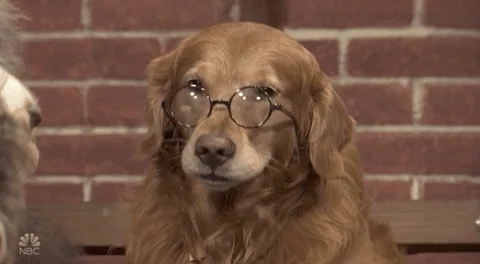
This Byte has been authored by
Mary Baker
Occupational Therapist
OTR